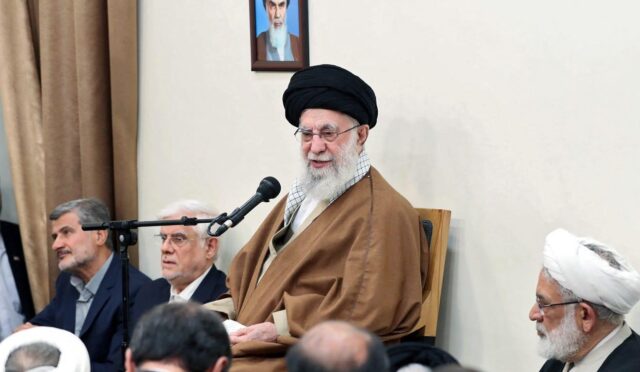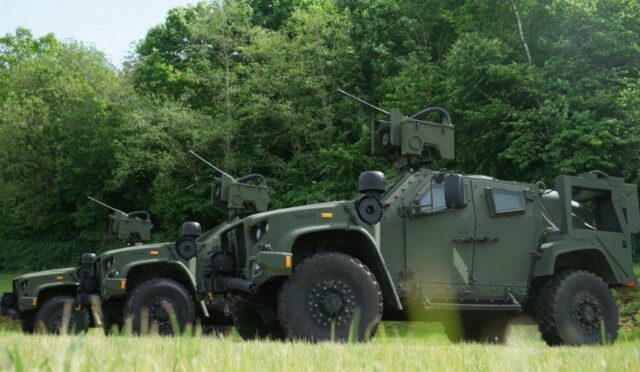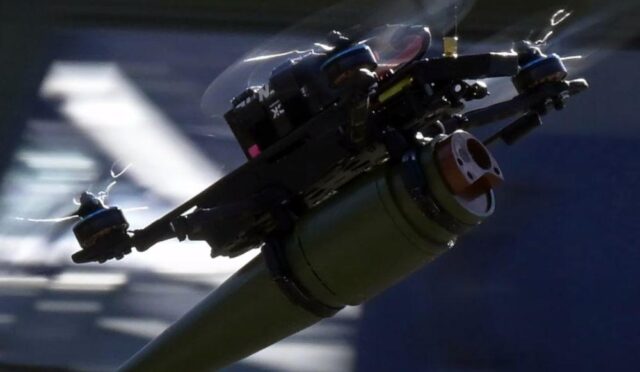Iran Unveils New Ballistic Missile Amid Rising Tensions
On Sunday, Iran announced the development of a new solid-fuel ballistic missile, the Ghassem Basir, which boasts a striking range of 1,200 kilometers (745 miles). State television highlighted this missile as a significant advancement in Iran’s defense capabilities, coinciding with escalating tensions between Tehran and Western nations. The unveiling is likely to exacerbate concerns among Western countries regarding Iran’s military developments, which they argue compound instability throughout the Middle East.
The introduction of the Ghassem Basir missile comes at a time when fears over Iran’s missile technology are growing. Western nations have consistently voiced their worries, claiming that Iran’s advancements contribute to regional disruptions and bolster militant groups in the area.
Iran’s Network of Resistance
Iran continues to bolster what it calls the “axis of resistance,” which is a constellation of militant groups striving against Israeli interests. This network includes the Houthis from Yemen, Hezbollah in Lebanon, Hamas in Gaza, and various Shiite factions in Iraq. The geopolitical implications of these alliances became particularly evident when, in October of 2022, Iran and Israel engaged in direct attacks for the first time, marking a dangerous escalation in hostilities.
In response to an Iranian missile strike on October 1, which was reportedly in retaliation for the assassination of Iranian military leaders, Israel launched attacks on Iranian military installations. Such a pattern of escalating aggression illustrates the volatility of the region and further complicates diplomatic dialogues.
Iran’s Defense Minister Speaks Out
In a televised interview featuring the new missile, Iranian Defense Minister Aziz Nasirzadeh articulated a firm stance, stating, “If we are attacked and war is waged against us, we will respond with force and will target their interests and their bases.” His comments underscored Iran’s commitment to defend itself amid accusations of belligerence, emphasizing that the nation does not harbor hostility toward neighboring countries.
Nasirzadeh specifically indicated American military bases as primary targets should hostilities arise, highlighting Iran’s defensive posture in a frequently hostile environment. His remarks reiterate Iran’s readiness to engage militarily if provoked, signaling a robust warning to perceived aggressors.
Dialogue with the United States
The unveiling of the new missile occurred shortly after talks mediated by Oman between Tehran and Washington regarding Iran’s nuclear program. These discussions, taking place over three consecutive Saturdays starting in April, represented the highest-level engagement since the United States’ withdrawal from the nuclear agreement in 2018.
U.S. Secretary of State Marco Rubio recently urged Iran to abandon uranium enrichment, pointing out that enrichment is commonly associated with nuclear weapon capabilities. Israel’s Prime Minister Benjamin Netanyahu echoed this sentiment, stating any credible deal must eliminate Iran’s ability to enrich uranium and develop ballistic missile technology.
Iran’s Stance on Nuclear Weapons
It is crucial to note that Tehran denies any ambitions to acquire nuclear weapons, asserting that its nuclear endeavors are solely for peaceful and civilian purposes. However, Iran has firmly dismissed any discussions regarding its defense capabilities, including its missile program, with Washington.
The Iranian leadership continues to emphasize its civilian-focused goals while navigating an environment filled with mistrust and surveillance from Western powers. Amid increased sanctions and threats of military action from the Trump administration, Iran finds itself on the defensive, striving to maintain a sovereign stance while facing international pressures.







